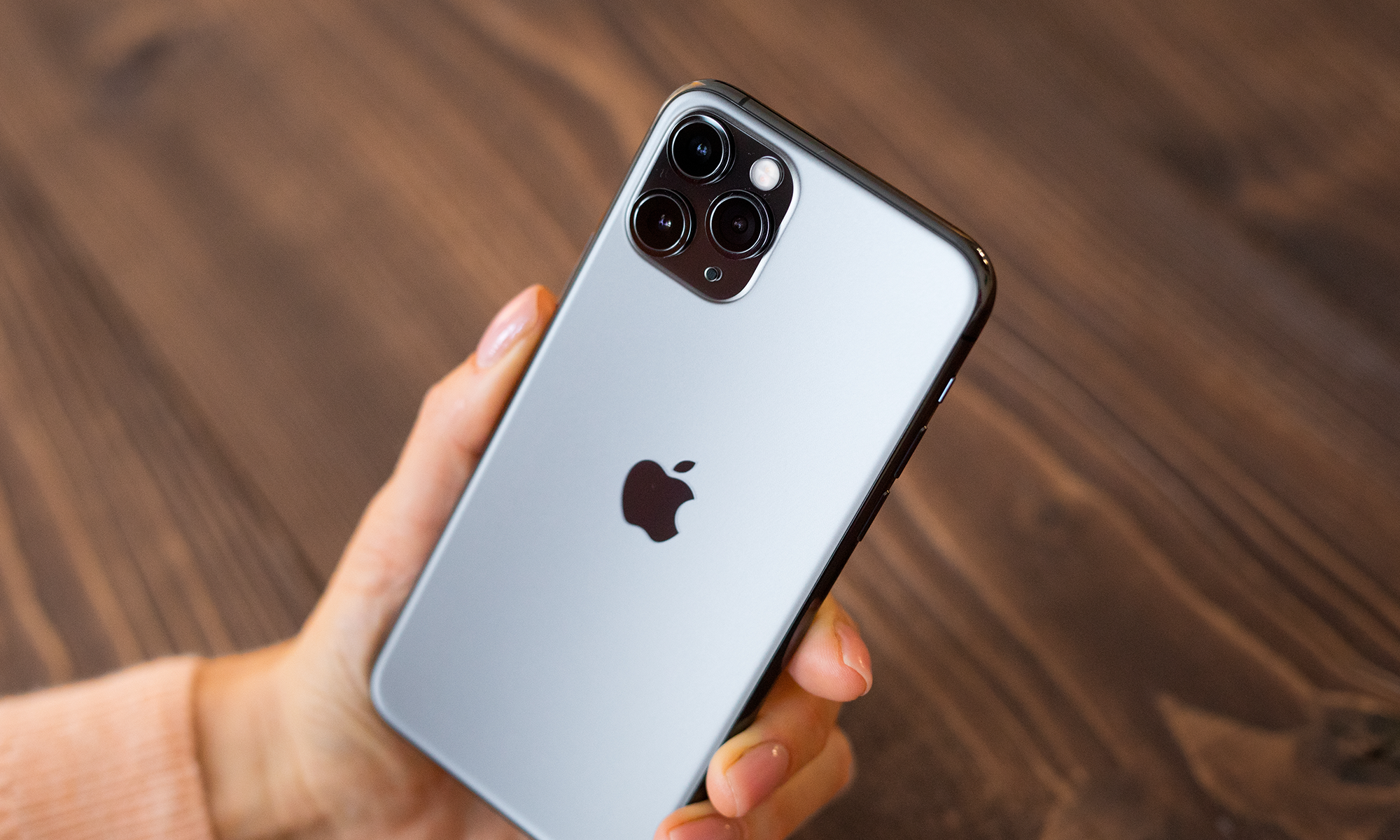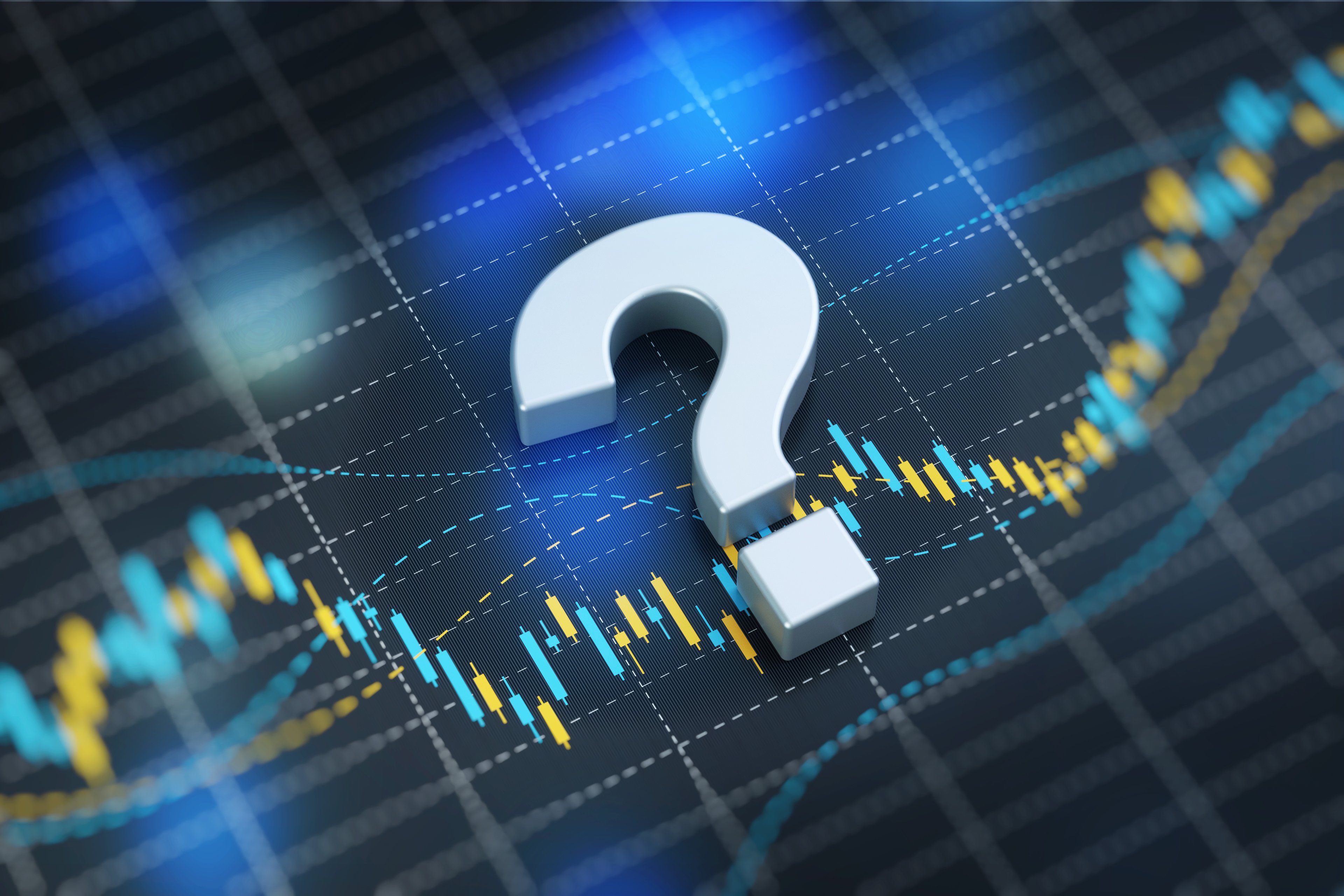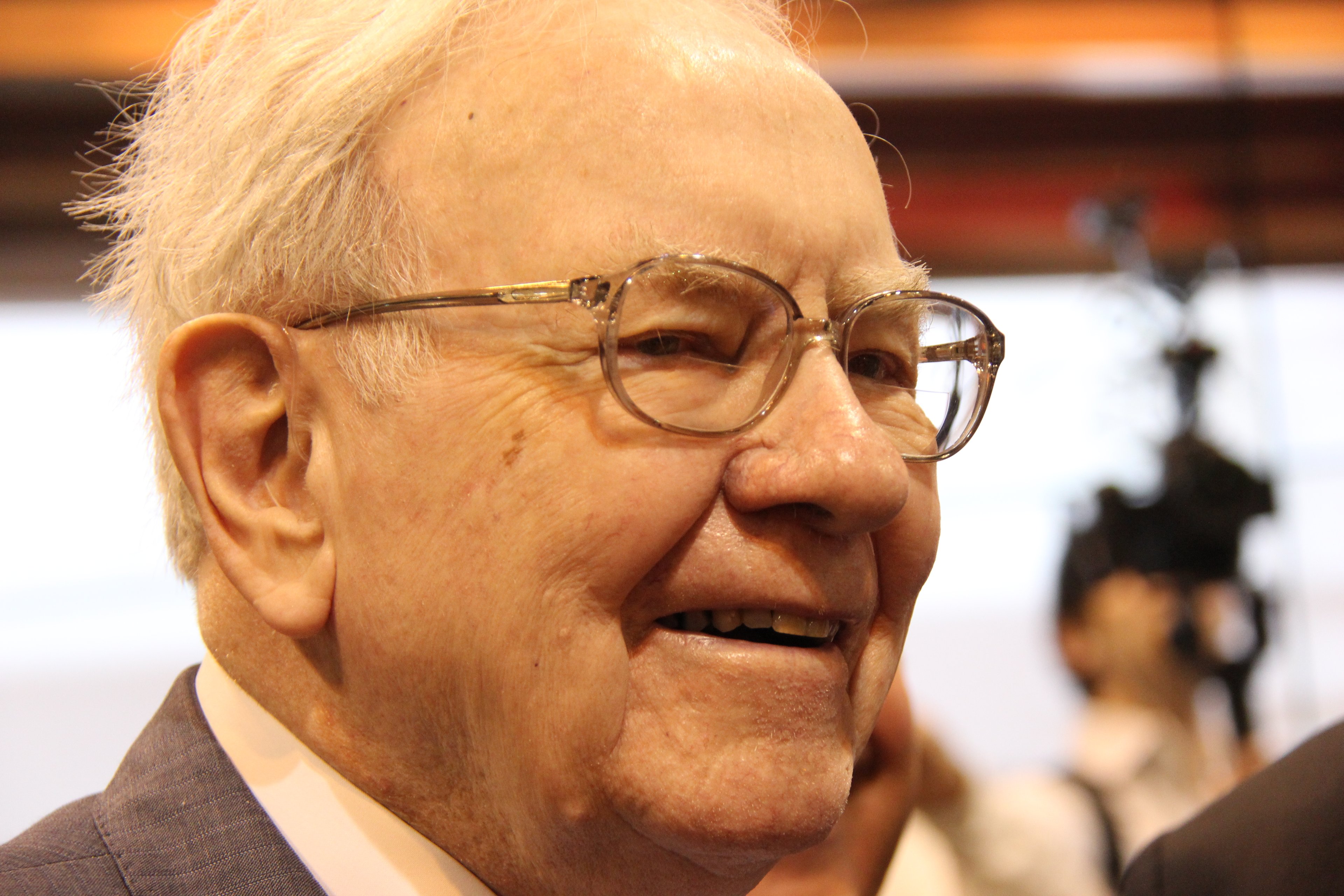
Apple Watch Edition starts at $10,000. Image source: Apple.
Apple (AAPL +0.18%) formally entered the smartwatch market in April, and the Mac maker will inevitably set the bar for what consumers expect in the relatively new form factor. The company will also set the standards that all competitors will be judged against. But there's a key distinction between Apple's strategy and rival consumer electronics companies.
Apple is a premium lifestyle brand that now encompasses fashion, which gives it pricing power that its peers simply can't replicate. Consider the fact that the average smartwatch price in 2014 (before Apple Watch launched) was just $189.
Can you imagine any consumer paying $17,000 for a Samsung smartwatch? Not likely. Samsung would be lucky to fetch $500 for any of its Gear devices (its Gear smartwatches top out at around $300, which is below Apple Watch's starting price of $350). Even if the number of customers willing to shell out five figures for an Apple Watch Edition is rather limited, there should be no doubt that they do exist, and that they are very much worth their weight in gold (pardon the pun).
Since the key to Apple Watch's pricing power is derived from its positioning as a luxury fashion item, could a luxury fashion competitor pose a credible threat to the small, but lucrative, group of consumers in the high-end?
Doing what most gadget makers can't
That's exactly what LVMH, the French company behind Louis Vuitton and other high-end brands, is up to. Jean-Claude Biver, an executive in LVMH's watch segment confirmed as much in a recent interview with German publication Handelsblatt. Biver said that LVMH will price its smartwatch around 1,400 euros (or approximately $1,500), and that the company's primary goal is to grow market share with its Tag Heuer and Hublot brands in key markets like China.
Biver also said that LVMH welcomes Apple's entry, believing that the Mac maker's brand power could help grow the ranks of high-end watch customers. At the same time, LVMH has been working to move Tag Heuer slightly downmarket, which would also allow it to undercut some of Apple's most expensive smartwatch offerings.
This should come as no surprise, seeing as how LVMH has already made its intentions public. Last October, Biver acknowledged that LVMH was considering partnerships for a potential smartwatch. He also pointed to the "contradictory" nature of introducing a luxury smartwatch, wondering, "How do you justify a $2,000 smartwatch whose technology will become obsolete in two years?"
In April, Tag Heuer said it would ship its device in October or November, and that it would have a battery life of 40 hours, after partnering with Google (GOOG 0.51%)(GOOGL 0.49%) and Intel (INTC 0.53%). The device will run Android Wear, and be powered by Intel chips and sensors.
There is a high-end Android market
It may sound far-fetched to charge $1,400 to $1,500 for an Android Wear smartwatch when other products are available for as little as $150. But if we look to the smartphone market, there's evidence that suggests that there is a market for ultra high-end gadgets, even in a highly commoditized platform like Android.
For example, luxury phone brand Vertu offers its Android-powered Signature Touch collection that starts at $9,000 and tops out around $19,000. Nokia sold off the brand in 2012 to a private equity group when the Finnish smartphone maker was desperate for cash, so it's questionable how profitable Vertu is. But the point is that there is a market for high-end Android phones.
The current batch of tech household names like Samsung, LG, ASUS, or Motorola, among others, could never get away with such a dramatic move upmarket, because they don't straddle the line of fashion and tech in the way that Apple does. Ever wonder why Apple Watch marketing focused so much on appearing in periodicals (Vogue) and fashion events (Paris Fashion Week) leading up to the launch? This is why.
Tag Heuer may very well be able to carve out a piece of this market for itself, and it has no goal of crushing Apple. This is a case where a rising smartwatch tide could lift all OEMs.






